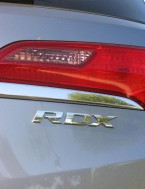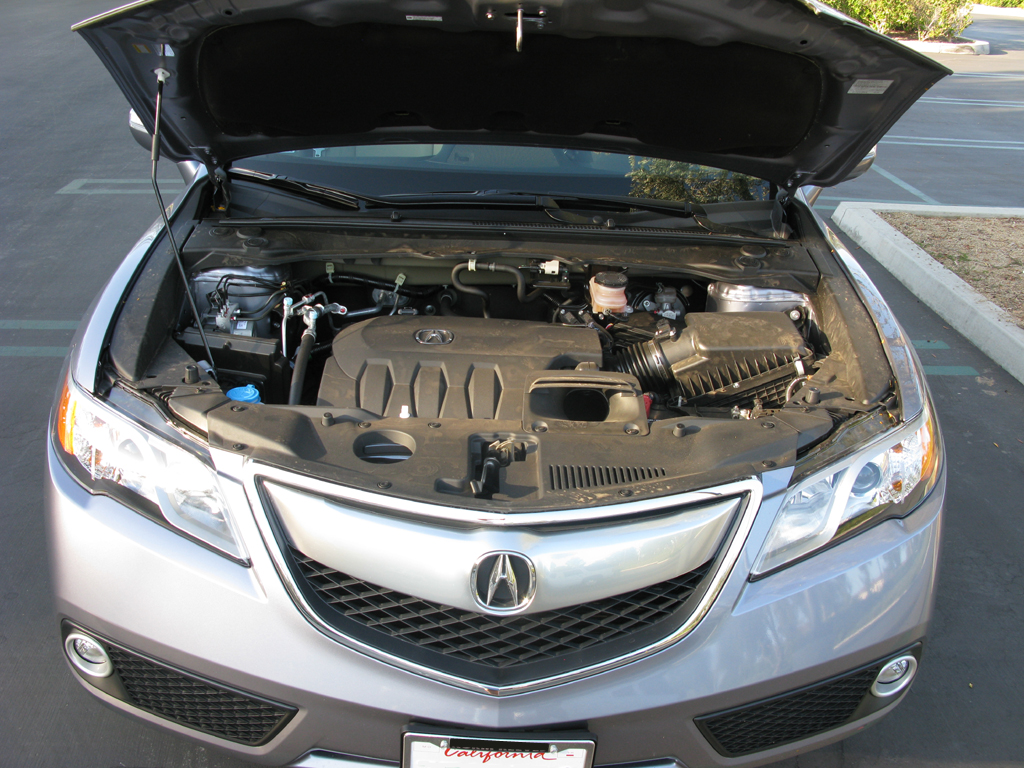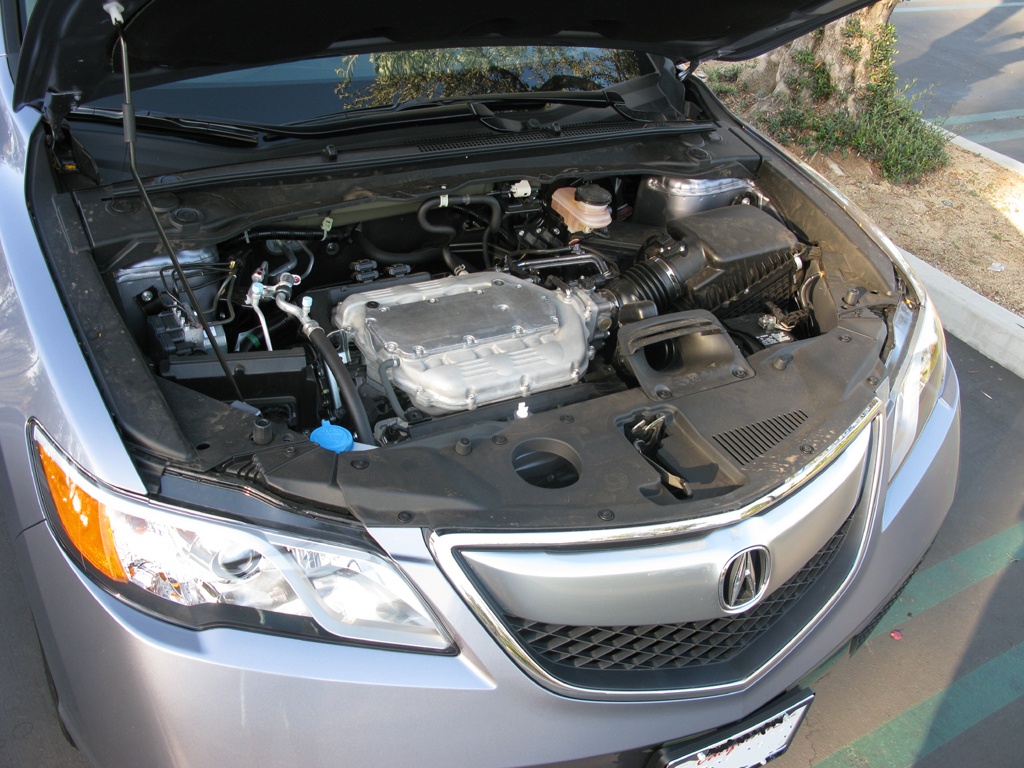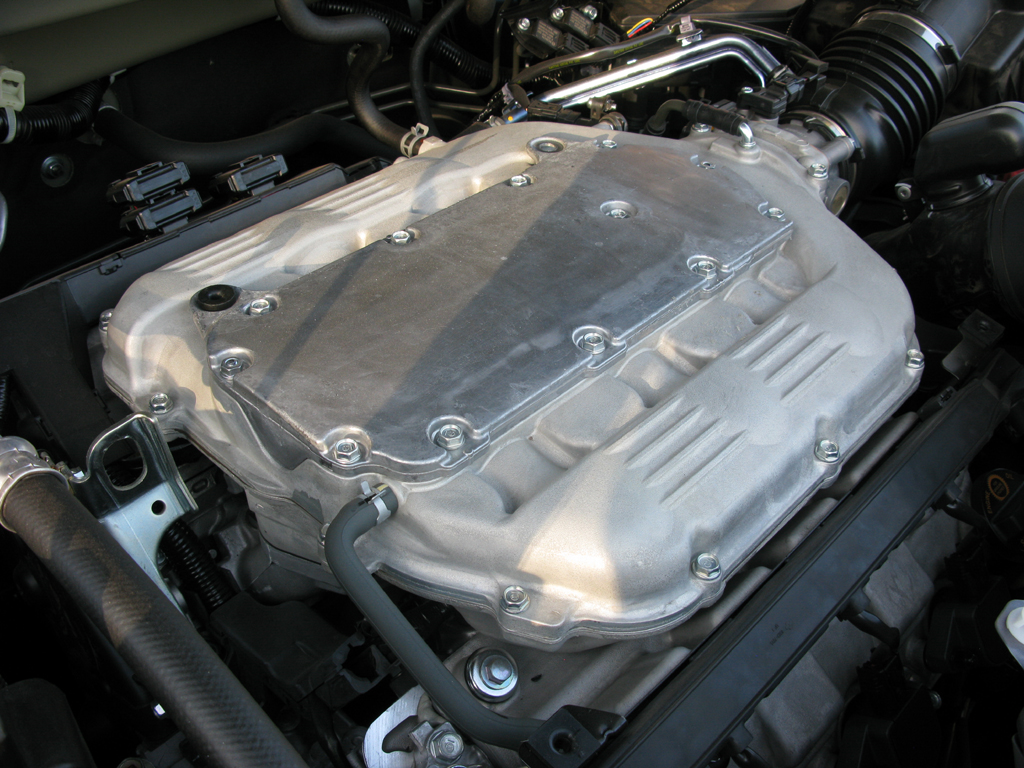
Review Index
2014 Acura RDX – Part 1 (Exterior)
2014 Acura RDX – Part 2 (Interior)
2014 Acura RDX – Part 3 (Interior – Gauges/Seats/Capacity)
2014 Acura RDX – Part 4 (Powertrain)
2014 Acura RDX – Part 5 (Suspension and Chassis)
The 2014 RDX only has one engine option: a 3.5L naturally aspirated V6, good for 273 hp @ 6,200RPM and 251 lb-ft of torque at 5,000 RPM. Also there is only one transmission is available on the RDX: a Honda-self-developed 6-speed automatic transmission.
Let’s first talk about the V6 engine (Honda code name: J35Y). This engine is pretty interesting, it has a feature called “Variable Cylinder Management (VCM)”, something like cylinder deactivation to improve fuel efficiency. But this VCM is not like a normal cylinder deactivation system, because it has a total of 3 working modes. It can work as a 6, 4 or 3-cylinder engine.
When the RDX is started up, or in case high output is needed, the V6 will utilize all of its 6 cylinders; when only moderate output is needed (for example cruising on highway, or moderate accleration), it will shut off two cylinders, which means the engine is now acting as a 4-cylinder engine; Under the situation that low output is sufficient, the V6 will shut off one bank of cylinders, which leaves only 3 cylinders running, at this time the V6 is effectively a 3-cylinder engine.
The advantage of the VCM is the improvement in the fuel consumption, which makes the RDX to be rated 20mpg in city driving. However the degree of improvement is hard to verify or compare, because the RDX does not has a setting to let user turn off the VCM feature, so it is impossible to conduct a before/after comparison test on the fuel efficiency under actual daily driving conditions.
After removing the plastic engine cover, you will see the J35Y engine’s metallic intake manifold.
Here is a close-up view.
However, the VCM also brings shortcomings. The RDX’s curb weight is around 3,700 lbs, a 273hp V6 sounds decent for such weight. But during our test drive, sometimes we did have a strong feeling that the RDX does not accelerate like a 273 hp engine hauling a 3,700 lb car body. Instead, it is like driving a 4-cylinder engine car – according to how the VCM works, may be most of the time the V6 is actually working in the 4-cylinder mode.
To get an acceleration which fits a 273hp V6 compact SUV profile, you need to press down the gas pedal quite aggressively (to “activate” the 6-cylinder mode), something not many people will do on a daily basis – because wide-open-throttle hurts fuel economy deeply.
Anyway, if you rev the engine up to around 4,000 RPM, you not only get the V6 engine in 6-cylinder full output mode, you also have the benefit of the VTEC technology, which boost the torque output significantly. Under this situation you will definitely feel the power of the 3.5L V6, and the throttle response is acceptable. Please note that this kind of driving is quite sports-oriented, I am not sure how many percent of the RDX buyers are interested in this driving style.
Now let’s turn to the 6-speed automatic transmission. Contrary to some other auto makers, Honda/Acura designs/builds transmission by itself. One notable difference between the Honda automatic transmission and other mainstream automatic transmission is, it is not using the planetary gear set; instead it is using the sliding gears on parallel axes, similar to the design of the manual transmission. Such design has an inferior shift quality than other traditional planetary gear set automatic transmission. In the lower gears, the RDX shifts noticeably, and sometimes in higher gears also.
But once the gear is locked-in, the engine power is transmitted solidly and smoothly. The shifting logic is written to be happy to downshift, so you will not find the RDX to be hesitating when you want to pass on the highway.
The willingness of the engine to rev-up, and the transmission’s quick downshift logic brings benefit of some driving fun, but there are also expenses: the EPA fuel mileage of the RDX is not good at all: it is rated 20/28 mpg (city/hwy); for comparison, the BMW X1 sDrive28i (similar power and weight) can reach 23/34 mpg (city/hwy).
So in summary, there is no free lunch. You get the driving enjoyment, you need to pay the fuel expense too.






Recent Comments